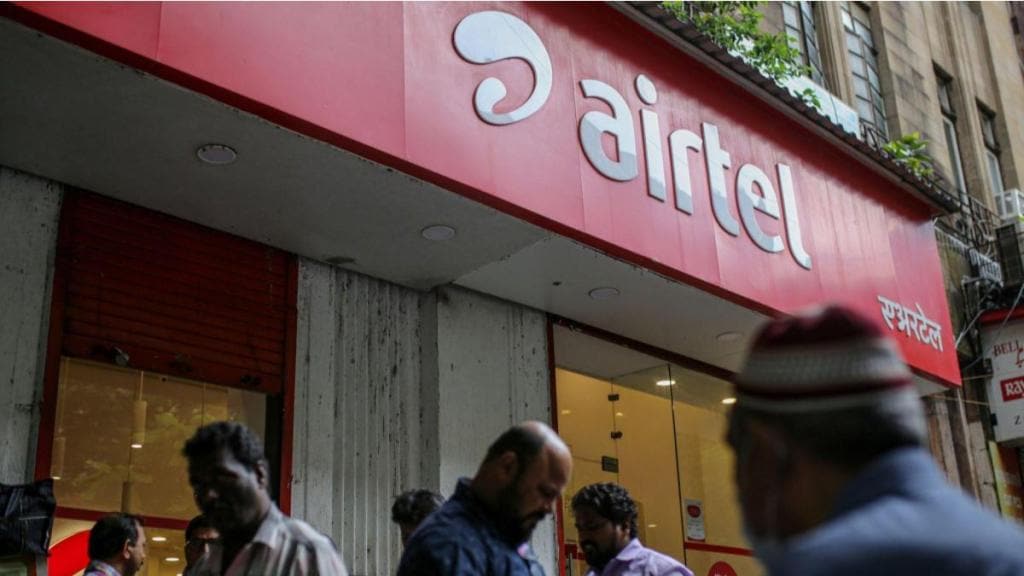Bharti Airtel, India’s second-largest telecom operator by market share, is expected to witness a 38% increase in its average revenue per user (ARPU) to Rs 286 over the next three years, according to analysts.
The telecom operator’s Arpu at the end of the October-December quarter was Rs 208. Growth in the company’s Arpu will be led by tariff hikes, upgradation of 2G customers to 4G, customer upgradation to a higher data plan, and prepaid to postpaid conversion.
As reported earlier, Airtel will take the lead in increasing headline tariffs post-election. Analysts expect the tariff hike to be in the range of 15-17%. On the other hand, it is expected that Jio may not do the same. Instead, the company will bank on measures promoting higher data consumption, leading users to move to higher packs, which will see an improvement in its Arpu.
Analysts said Airtel has already implemented possible tariff adjustments in various plans to take its Arpu beyond Rs 200 per month. Now it has no option but to go for a headline tariff hike if it wants its Arpu to rise further.
According to Antique Stock Broking, a tariff hike will increase Airtel’s Arpu by Rs 55, and 2G to 4G migration will contribute another Rs 10, and customer upgradation to higher data plan as well as prepaid to postpaid conversion will contribute about Rs 14 to Airtel’s Arpu.
“We expect Bharti’s subscriber base to grow at 2% per annum against industry growth of 1%,” the brokerage house said. According to data from the telecom regulatory authority of India (Trai), Airtel added over 13 million mobile subscribers from April to February period. The company has a subscriber market share of 33%.
The market continues to consolidate with Jio and Airtel having 73% of the share, and Vodafone Idea having 18.9% share. Analysts said, the quality of Airtel subscribers remains strong with postpaid subscribers accounting for 6.5% of its total subscribers.
“As far as the mix is concerned, Bharti still has 90 million 2G subscribers translating to 27% of the total current subscriber base, which is continuously upgrading to 4G on higher ARPU plans,” Antique Broking said.
Besides Arpu, one of the other key metrics that is tracked is the return on capital employed (ROCE). Estimates from Kotak Institutional Equities suggest that Jio’s ROCE has fallen to 8.4% as of the financial year ended March 2023, compared to 9% in FY21. In comparison, Airtel’s ROCE has risen to 7.6% in FY23, compared to 2.6% in FY21 owing to mobile tariff hikes, including the recent increase in entry-level tariffs taken by the company.
ROCE is a key metric in determining how much profit a firm generates from the capital deployed.
Backed by tariff hikes and reduced capital expenditure, analysts expect Airtel’s return ratios to top 20%. Further, an increase in free cash flows is expected to drive balance sheet deleveraging for the company.
“Bharti has guided for a capex of Rs 75,000 crore over FY24–26, including the 5G rollout. We believe that with the rollout, the capex intensity is likely to fall significantly. We estimate a capex of about Rs 75,000 crore over five years starting FY27, a significant drop from about Rs 19,000-20,000 crore per annum – current run-rate for the wireless business,” Antique Broking said.
For Airtel, analysts expect Africa market to also contribute meaningfully to the business from now on.

